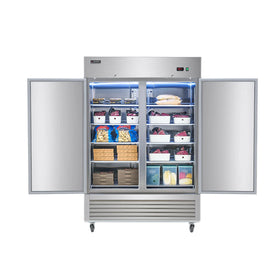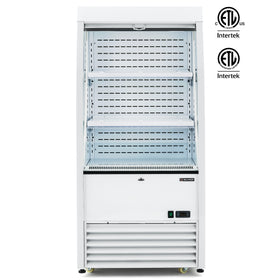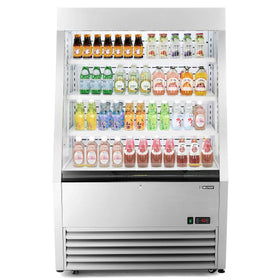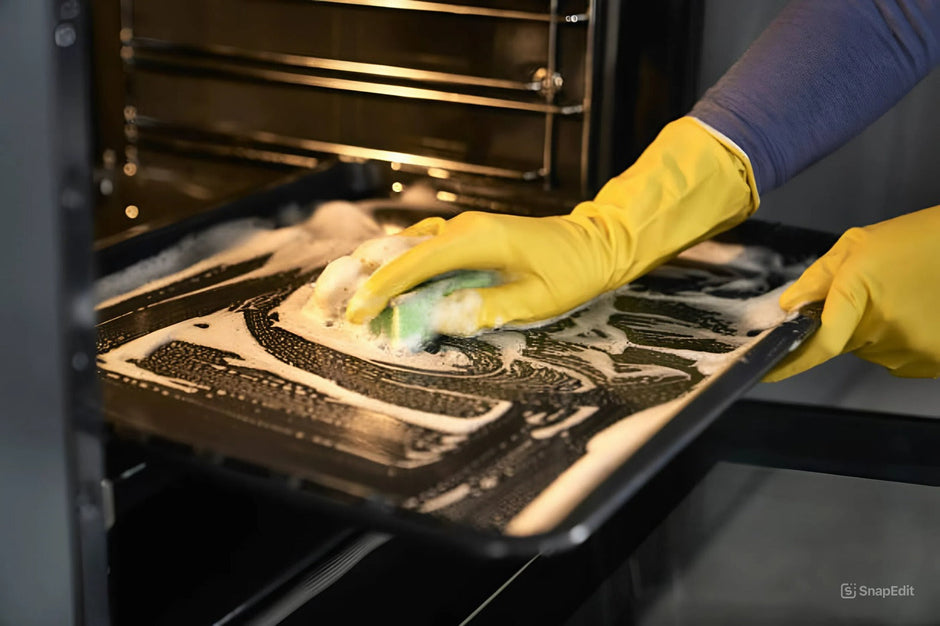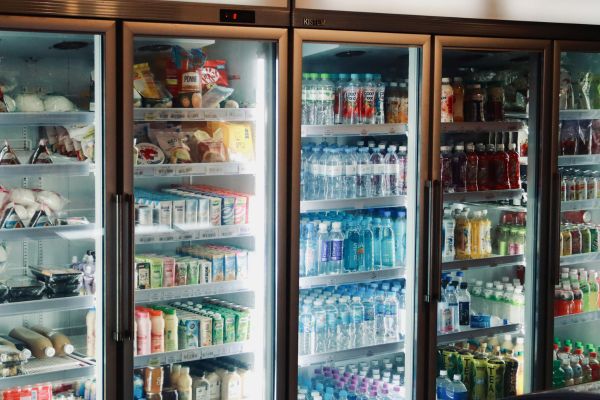There is no denying that a commercial refrigerator is the heartbeat of every restaurant kitchen, but the problem with most commercial refrigerators is that they also tend to be the biggest energy hog in the kitchen.
Business energy costs are especially steep in the U.S: even smaller restaurants use between 15,000 to 25,000 kWh of electricity annually. With about 45% of electricity costs going to refrigeration, restaurants are losing money every day because their fridges are outdated, poorly maintained, or just plain inefficient.
So, how do you tackle this?
Of course, there are several restaurant energy-saving tips out there, but when you understand why commercial refrigerators tend to consume a lot of energy, and why many of the strategies we use to cut energy costs end up not doing much, it becomes apparent why investing in a UL-Certified refrigerator is the most effective or consistent way to cut energy costs.

Why Commercial Refrigerators Consume A Lot of Energy
The biggest cause of high energy use in restaurant refrigerators is their continuous 24-hour use, and this can easily be exacerbated by inefficient design and/or aging components.
An inefficiently designed or old commercial cooler has to work too hard to maintain temperature, which means it burns more electricity than needed to perform basic cooling tasks.
Here are some of the biggest problems that drive up energy use in a commercial refrigerator:
- Worn-out door gaskets that let cold air leak out and warm air sneak in
- Old or low-efficiency compressors that draw more power than needed
- Inadequate insulation that allows heat to seep in
- Poor air circulation within the fridge causes uneven cooling
- Thermostats that drift out of calibration, making the fridge work harder than necessary
Each of these issues causes your unit to cycle more frequently, run longer, and pull more energy. Moreover, Refrigerators and freezers are always on, which means any inefficiency is running 24/7 and running up your energy bills.
Other Common Causes of Fridge-Related Energy Waste
Even if your restaurant refrigerator is relatively new, there are still some factors that might push up energy consumption and costs:
- Blocked condenser coils or dirty filters that reduce efficiency
- Overloading the refrigerator, preventing proper airflow
- Frequent door opening during peak service hours
- Placing fridges near heat sources, like ovens or fryers
- Incorrect temperature settings that cool more than necessary
These might seem like small things, but they add up fast when you’re running multiple units every day.
How UL Certification Helps Slash Energy Costs
UL (Underwriters Laboratories) is a third-party testing organization that puts commercial kitchen equipment through rigorous performance and safety evaluations. When a commercial fridge is UL-certified, it means it’s been independently verified for:
- Energy efficiency
- Thermal performance
- Electrical safety
- Durability under real-world conditions
1. Built-in Energy Efficiency
UL-certified fridges are designed and tested to deliver efficient cooling without wasting energy. This includes:
- Tight-sealing doors and gaskets
- High-grade insulation
- Efficient fan motors and compressors
- Smart defrost systems that prevent overuse
These features help the fridge run less often and more effectively.
2. Verified Performance Standards
UL testing isn’t based on ideal lab conditions—they replicate the hustle and heat of a real commercial kitchen. That means you’re getting a unit that’s proven to perform efficiently in the actual conditions it will face in your restaurant.
3. Improved System Integration
Many UL-certified fridges are designed to work well with smart kitchen systems and programmable thermostats, helping you automate energy savings even during your busiest shifts.
4. Long-Term Savings, Not Just Quick Fixes
Unlike habit-based strategies or quick tweaks, UL certification ensures that energy-saving features are built in from day one. That means they don’t rely on training or reminders—they work automatically.
UL also often overlaps with ENERGY STAR® certification, giving you an even stronger assurance of performance. When both labels are present, you know the unit will save money over time while meeting regulatory standards.
Why UL-Certified Fridges Beat the Alternatives
The best part? UL-certified commercial refrigerators offer a deeper, more reliable layer of protection against high energy costs:
- They don’t need constant staff intervention
- They perform more consistently across a variety of conditions
- They reduce strain on your HVAC systems (by giving off less ambient heat)
- They’re less prone to breakdowns caused by overheating or electrical issues
Think of it this way: routine maintenance helps your fridge cope, but UL certification ensures it doesn’t struggle in the first place.
Why Most Restaurants are Inefficient at Energy Efficiency
Most restaurants try hard, but still fail at managing energy costs. The main reason is that they tend to rely on simple, low-cost strategies. If you are using any of the following common energy-minimizing methods for your restaurant refrigerator(s), it might be time to consider something different:
- Scheduling routine maintenance
- Training staff to limit door openings
- Keeping coils clean and filters clear
- Adjusting temperature settings
- Upgrading to LED lighting inside fridge compartments
Why These Methods (Mostly) Fail
This is not to say that these efforts are not worthwhile or necessary, but they come with downsides:
- They rely on staff consistency, which is hit-or-miss in a busy kitchen
- They treat symptoms, not root causes
- They can only go so far if the unit itself is inefficient by design
To truly make a dent in energy costs, you need a solution built into the equipment itself. That’s where UL-certified refrigerators shine.

Final Thoughts: UL Certification Makes A Difference
If your restaurant is battling rising energy bills, it’s time to look at the silent contributor: your refrigerators. UL-certified commercial fridges offer a smarter, long-lasting solution that cuts energy waste at the source, not just around the edges.
UL certification ensures your commercial refrigerator runs efficiently, is tested to perform in tough conditions, and is certified to help you keep costs low without cutting corners on food safety or cooling performance.
So next time you’re outfitting or upgrading your kitchen, make sure that UL mark is part of the conversation. Your bottom line will thank you.




